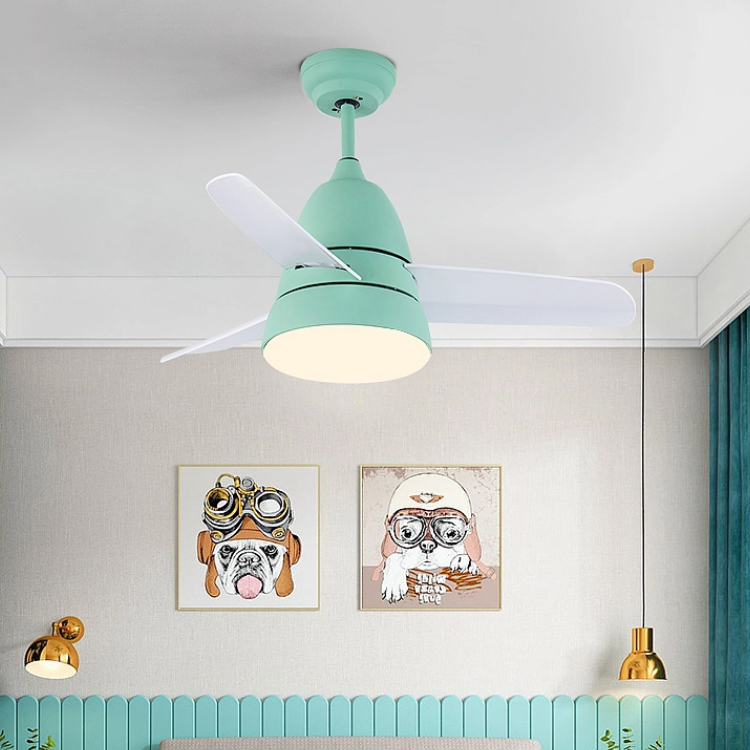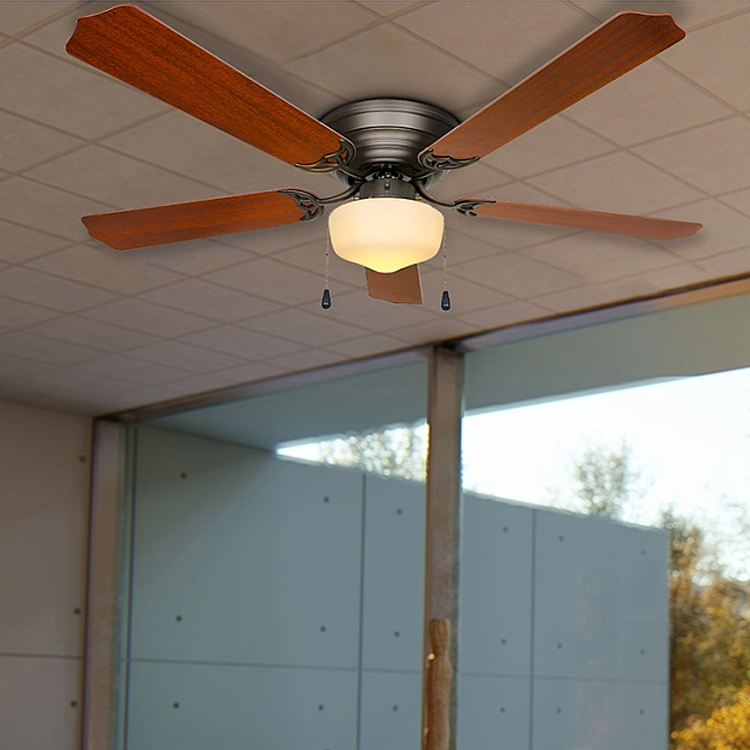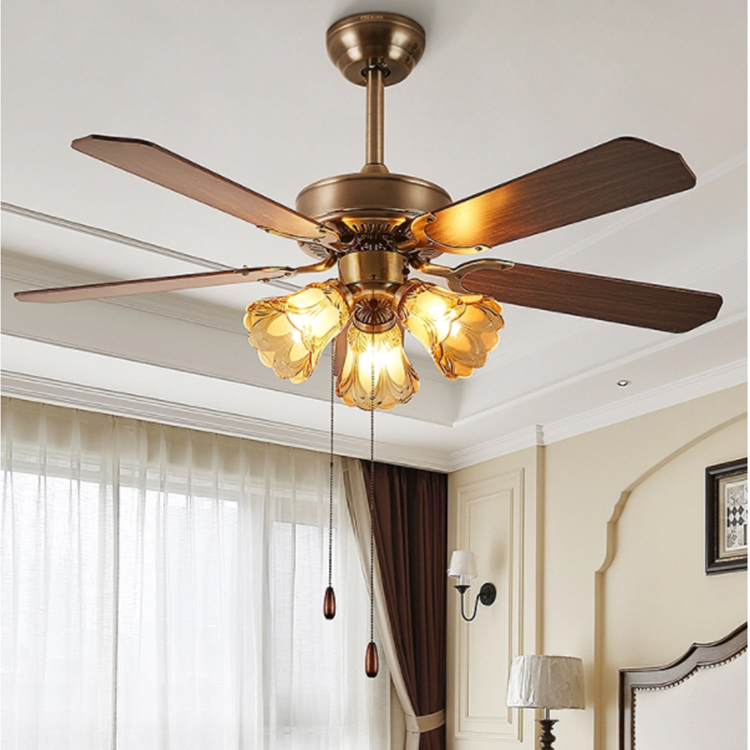Today, with the rapid development of LEDs, high-power LEDs are taking advantage of the trend. At present, the biggest technical problem of high-power LED lighting is heat dissipation. Poor heat dissipation leads to LED driving power and electrolytic capacitors. It has become a short board for the further development of LED lighting. The reason of premature aging of LED light source.
In the lamp scheme using LED light source, because the LED light source works in a low voltage (VF=3.2V), high current (IF=300-700mA) working state, so the heat is very severe. The space of traditional lamps is narrow, and it is difficult for the radiator of small area to export heat quickly. Despite the adoption of a variety of cooling schemes, the results are unsatisfactory, become LED lighting lamps a problem without solution.
At present, after the LED light source is powered on, 20%-30% of the electrical energy is converted into light energy, and about 70% of the electrical energy is converted into thermal energy. Therefore, it is the key technology of LED lamp structure design to export so much heat energy as soon as possible. The heat energy needs to be dissipated through heat conduction, heat convection and heat radiation.
Now let’s analyze what factors cause the occurrence of LED joint temperature:
1. The internal efficiency of the two is not high. When the electron is combined with the hole, the photon cannot be generated 100%, which usually reduces the carrier recombination rate of PN region due to “current leakage”. The leakage current times the voltage is the power of this part. That is, it converts to heat, but this part does not occupy the main component, because the efficiency of the internal photons is already close to 90%.
2. None of the photons generated inside can shoot outside the chip, and part of the main reason why this is ultimately converted into heat energy is that this, called the external quantum efficiency, is only about 30%, most of which is converted to heat.
Therefore, heat dissipation is an important factor affecting the lighting intensity of LED lamps. The heat sink can solve the heat dissipation problem of low-illumination LED lamps, but a heat sink cannot solve the heat dissipation problem of high-power lamps.
LED cooling solutions:
The heat dissipation of Led mainly starts from two aspects: the heat dissipation of the Led chip before and after the package and the heat dissipation of the Led lamp. Led chip heat dissipation is mainly related to the substrate and circuit selection process, because any LED can make a lamp, so the heat generated by the LED chip is eventually dispersed into the air through the lamp housing. If the heat is not well dissipated, the heat capacity of the LED chip will be very small, so if some heat is accumulated, the connection temperature of the chip will increase rapidly, and if it works at high temperature for a long time, the lifespan will be shortened rapidly.
Generally speaking, radiators can be divided into active cooling and passive cooling according to the way in which heat is removed from the radiator.Passive heat dissipation is to naturally dissipate the heat of the heat source LED light source into the air through the heat sink, and the heat dissipation effect is proportional to the size of the heat sink.Active cooling is to forcibly take away the heat emitted by the heat sink through a cooling device such as a fan. It is characterized by high heat dissipation efficiency and small size of the device.Active cooling can be divided into air cooling, liquid cooling, heat pipe cooling, semiconductor cooling, chemical cooling and so on.
Generally, ordinary air-cooled radiators should naturally choose metal as the material of the radiator. Therefore, in the history of the development of radiators, the following materials have also appeared: pure aluminum radiators, pure copper radiators, and copper-aluminum combination technology.
The overall luminous efficiency of the LED is low, so the joint temperature is high, resulting in a shortened life. In order to prolong the life and reduce the temperature of the joint, it is necessary to pay attention to the problem of heat dissipation.




